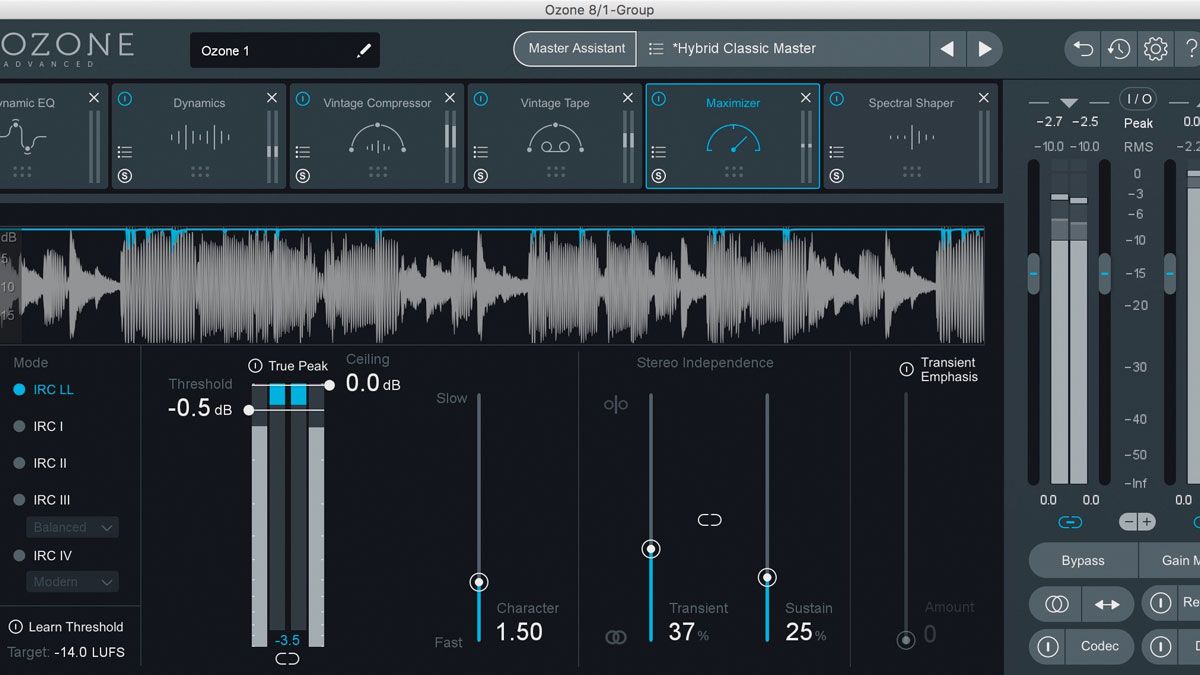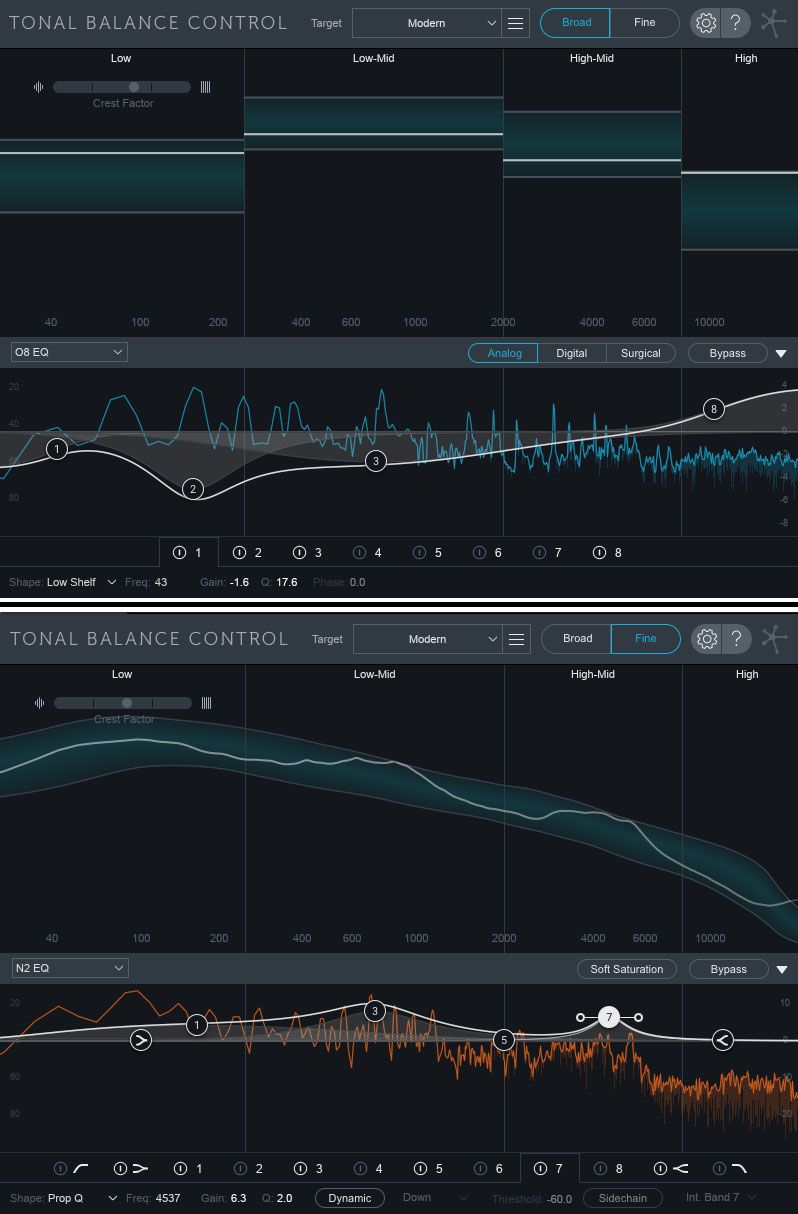

I should also mention that the following article lists information that my experience in this subject has let me to understand so far - there's still much more to discover. For the current purposes of this article, I’ll be focusing on over-ear headphones and not in-ears.Īs a general note, this subject goes very deep and there’s always more information becoming available and so the following will serve more as a general overview than as a comprehensive resource. You may have seen a graph of a headphone get posted somewhere only to have it be received with a certain amount of criticism, and while this kind of evaluation is fine, it’s important that we properly understand what’s going on with measurements - or at least understand the basics before making claims. Unfortunately publishing graphs also comes with a certain responsibility, because these graphs and measurements are far too easily misinterpreted.

In theory, visual indicators like this are great and can help inform prospective buyers about whether or not they’ll enjoy the headphone in question.

Reviewers like myself make use of graphs to try to communicate or give a visual indication of certain aspects of a headphone’s tonal balance. Many of us entrenched in the audiophile world are familiar with frequency response measurements and graphs, but for those who are new to all of this, it’s worth understanding how measurements and frequency response correlates to sound quality.


 0 kommentar(er)
0 kommentar(er)
